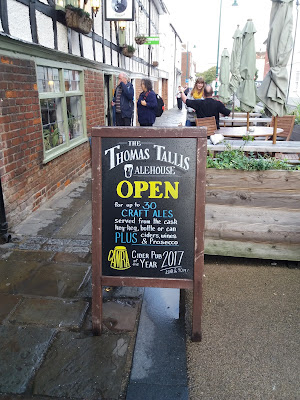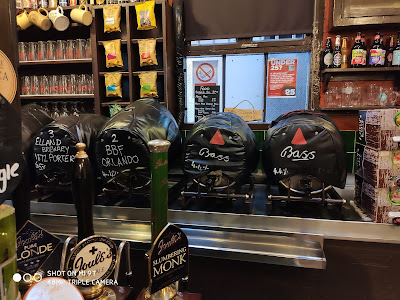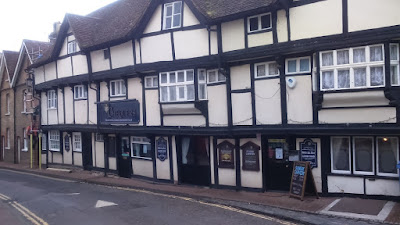The bad news story is not totally unexpected. The current pandemic has obviously played a part in it, but many would argue that all the virus has done is precipitate a long-overdue reset within the niche it relates to.
The story, which features in Beer Insider, concerns a forecasted fall in the number of breweries in London. Even prior to the pandemic, there were serious concerns expressed about serious over-capacity within the capital’s brewing industry. Now, following a survey of members of the London Brewers’ Alliance (LBA), only 60% of the group’s 105 members are confident of remaining in business, once the crisis is over.
If correct, this would take membership numbers back to 65, a figure last seen in 2014. Such a fall in numbers indicates a serious correction in brewery numbers; a situation that many industry observers had been predicting for some time. The pre-pandemic view was that such overcapacity had been unsustainable for some time, so Covid-19 has merely brought the situation to a head.Whilst this is obviously bad news for the businesses concerned, and to some extent consumers, such a cull could benefit the surviving breweries, by removing some of the pressure caused by overcapacity within the industry. Given the enormous choice of beers available, many drinkers are unlikely to notice the non-availability of certain brands; unless that particular beer was a personal favourite, or they had some emotional connection to it. This story is well worth keeping an eye on, but for the full picture, along with some interesting statistics about the rise, and expected fall in breweries operating in London, head over to Beer Insider by clicking the link.
The second story is a much more positive one and concerns an injection of capital into the revived Hofmeister lager brand. I’ve covered the successful re-vamp of Hofmeister before, reporting on how two British drinks entrepreneurs, bought the brand from Heineken, who were Hofmeister’s last owners before the beer was withdrawn from the market in 2004.The pair, Spencer Chambers and Richard Longhurst, took the beer back to its supposed Bavarian roots, by approaching a small traditional brewer, based in that region of Germany to produce a premium lager that they could be proud of. Fourth generation Bavarian brewery, Schweiger, came up with a 5% Helles bier, brewed in keeping with the German Reinheitsgebot, beer-purity law, that has been received with universal acclaim.
I won’t cover the whole story, but it’s worth considering that whilst the original Hofmeister was the fourth biggest beer brand in Britain, for a period in the late 1980’s – early 1990’s, it was a high-volume, low abv, mainstream lager, produce in the UK. Its success was down to some quite clever, but gimmicky advertising centred around the “George the Bear,” character who it was claimed, came from the forests of Bavaria.
Although the revamped beer has picked up a stack of awards, sales growth has been slow, restricted by the limited investment capability of the entrepreneurs responsible for the relaunch. This is where the two new investors, both with backgrounds within the brewing industry, come in. Kim Francis was recently managing director of pub group EI, whilst Euan Venters was managing director of Greene King’s brewing and brands until 2013.The pair plan to grow the brand over the next four years, starting in London and the South East. Their aim is for Hofmeister to be on sale in around 1,300 of the top specialist retail and on-trade outlets, with sales of around £10 million. This is good news for drinkers such as me, who really enjoy the revamped Hofmeister, but struggle finding outlets that stock it. You can read more about the investor’s plans, along with the history behind the Hofmeister brand, here.
The final story is another positive one and is the news that the Roscoe Head pub in Liverpool has been bought by its long-serving licensee; a move that will secure its future. Pub connoisseurs will be aware that the Roscoe Head is one of only five pubs to have appeared in every edition of CAMRA’s Good Beer Guide, and the only one in the north of England.This unspoilt, multi-room pub offers good beer, good conversation and a warm welcome, but despite these obvious attributes, the Roscoe Head has been under threat of alteration, or even closure, by the pub company that owned it. Now, in a surprise move, they have agreed to sell the freehold to licensee, Carol Ross, who has been at the helm since 1997, after taking over the reins from her mother.
 |
| Photo - courtesy of WhatPub |
In the meantime, you can read more about the Roscoe Head, and Carol’s struggle with the big company, by clicking on the link to local blogger, Neville Grundy’s excellent ReARM site, here.



















































